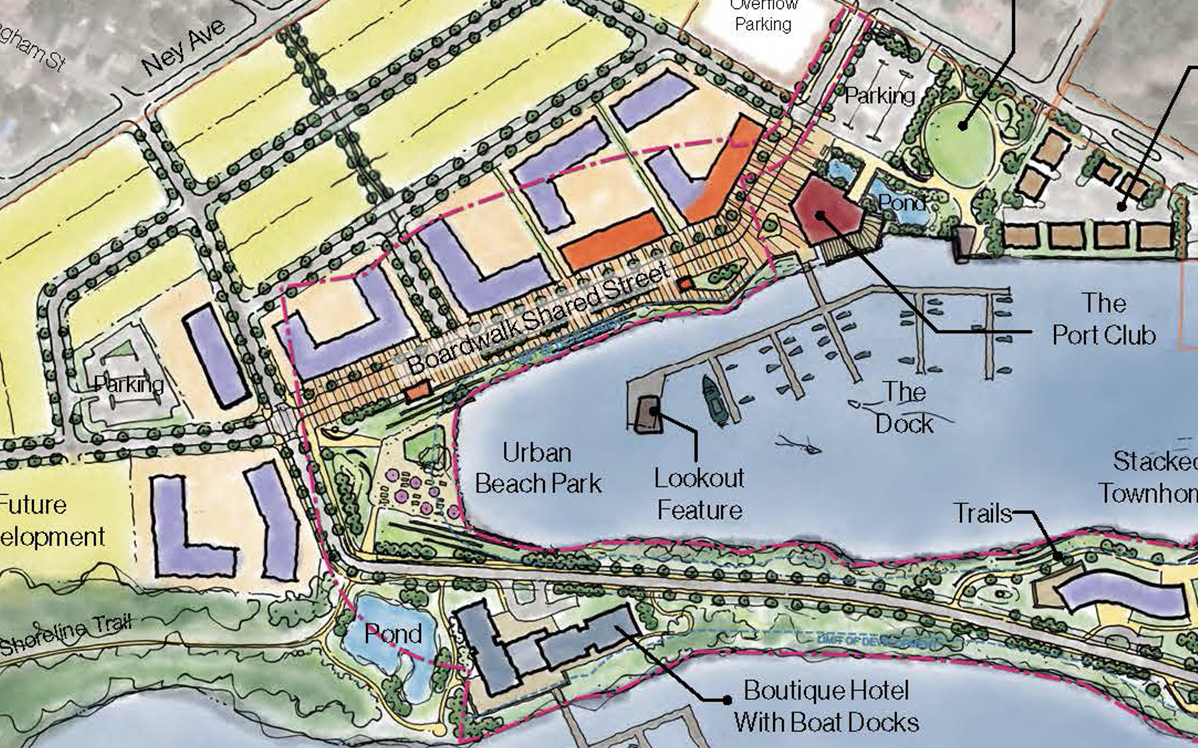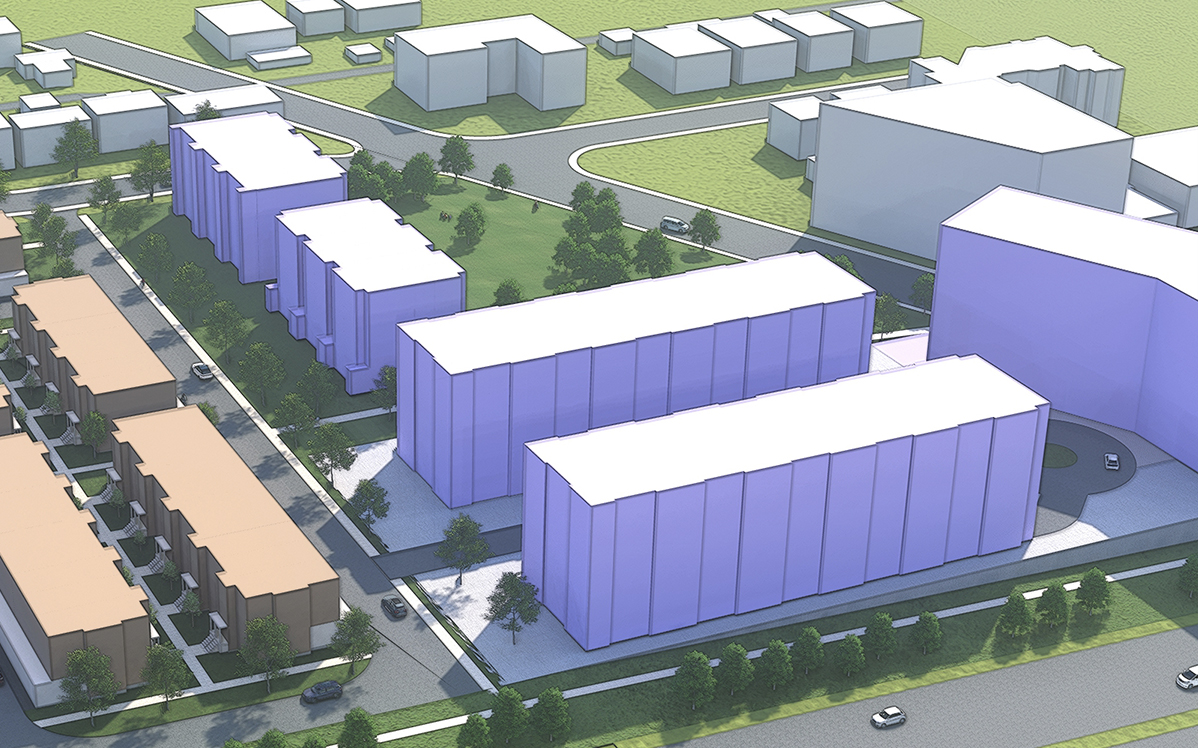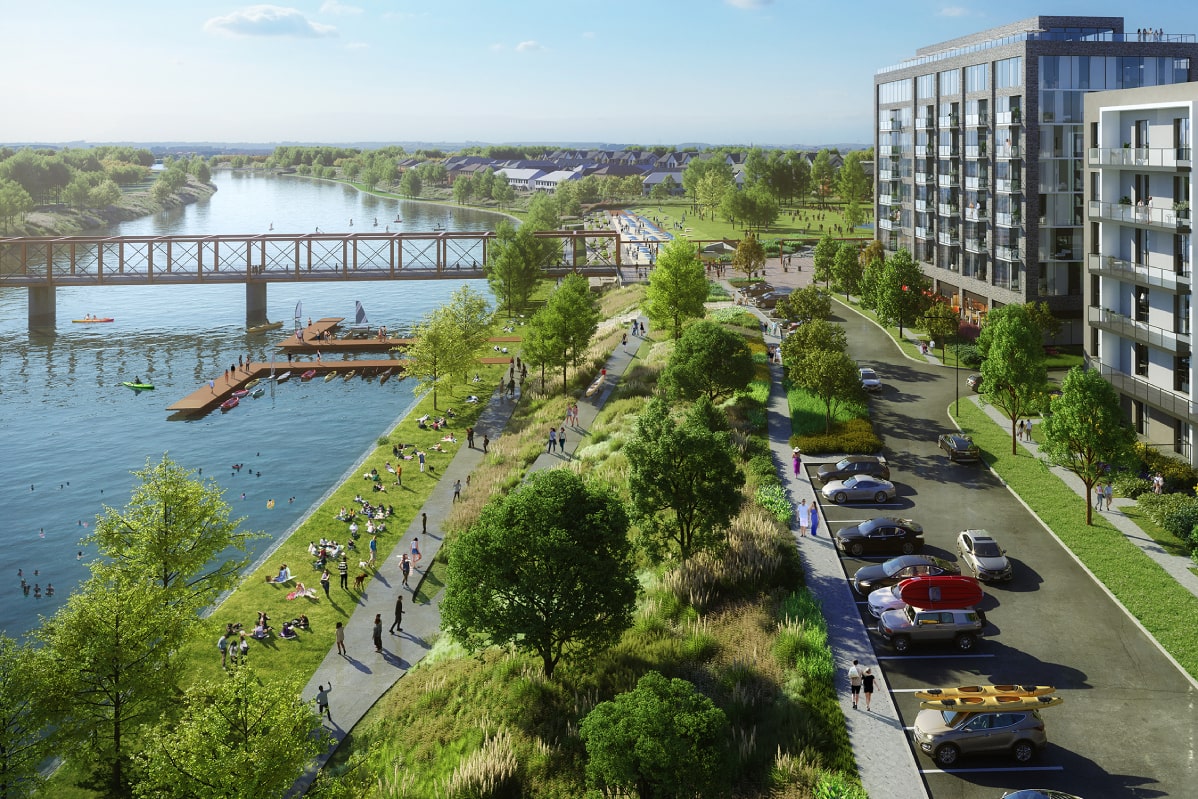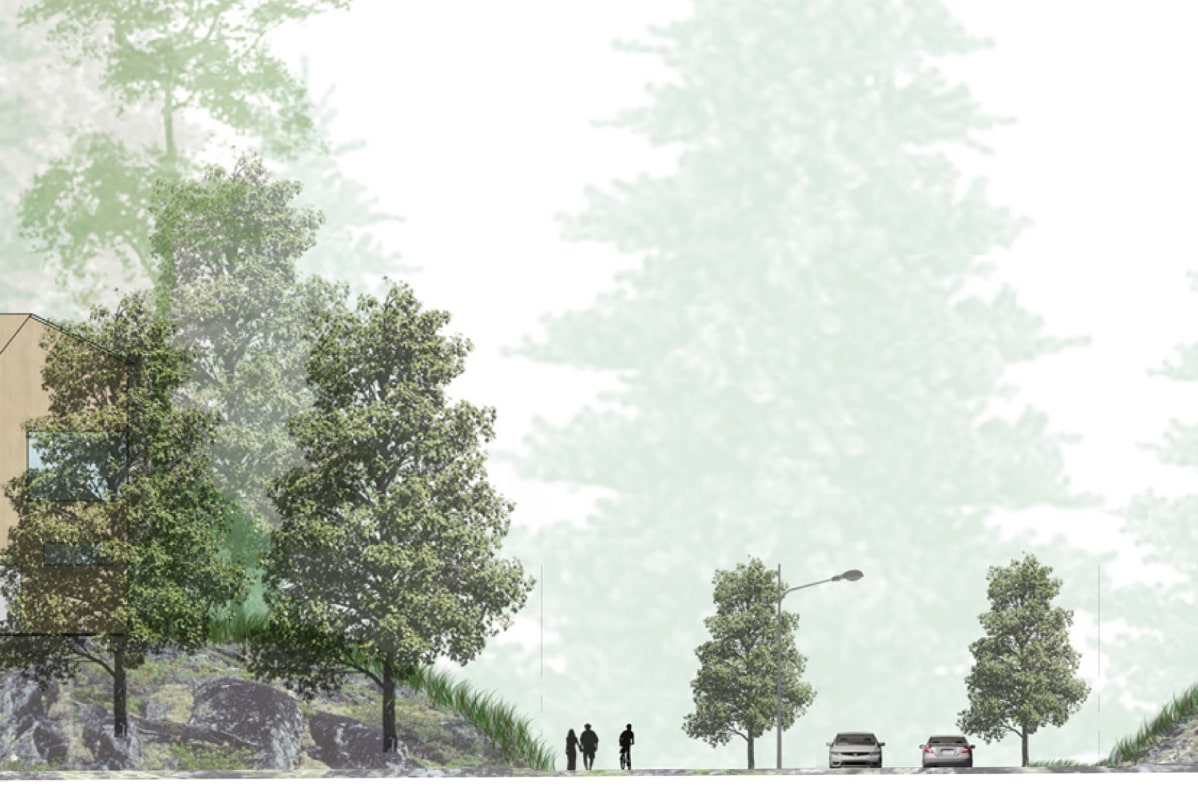Practitioners
of placemaking.
Urban Design
Visioning + Master Planning
This all-important first step entails gathering all the relevant information to a compelling vision of place – one that takes into consideration the needs of all stakeholders and assesses all the necessary site-related elements, so that they can be woven together harmoniously as part of an overarching plan is the classic “big picture” approach—mixing aspiration and pragmatism to create a blueprint to a future of place, in the form of a Master Plan.


Placemaking + Site Optimization
Placemaking and site optimization are twin objectives in the design and management of the built environment, each with a distinct focus and objective. Placemaking emphasizes the creation of vibrant and inclusive places through thoughtful consideration of programming, flow, and character, aiming to foster a sense of belonging and ownership. Site optimization revolves around maximizing the efficiency and functionality of a specific site, often through strategic spatial planning, infrastructure improvements. While placemaking focuses on the social and cultural aspects, site optimization aims to improve operational efficiency, resource utilization, and economic viability. When addressed together, through a masterful application of Urban Design best practice and experience, they exceed the sum of their parts, and result in thriving and successful designed spaces.
Landscape Architecture
Design
Landscape Architecture is the design of the living and built environment to create resilient and pleasing spaces. Respecting the needs of the natural world, while accommodating the functions of human communities, landscape architects create new outdoor spaces that sustain the human, and non-human living world. Landscape architecture can focus on the preservation or rehabilitation of existing landscapes or creating the newest manifestation of the land in a new incarnation. In any instance, success is defined by both human experience in all its sensory glory, as well as a lasting equilibrium that can respond to the ever-changing nature of the living world.


Arboriculture
Arboriculture is the study of all things tree-related, in both urban and natural environments. It focuses primarily on the trees as individuals, in terms of its health, structure and value, but considers how that one tree’s impact reaches into the broader life of the forest, whether it be urban or natural. Evaluating the health of a tree means reviewing both the biological and mechanical aspects of its physiology, as well as impacts from its environment. When Landscape Architecture and Arboriculture join forces, the results are: better planting details, which ensure a new tree’s future growth and health; smarter tree preservation, meaning a more effective and streamlined construction process, and more beautiful and productive treed spaces.